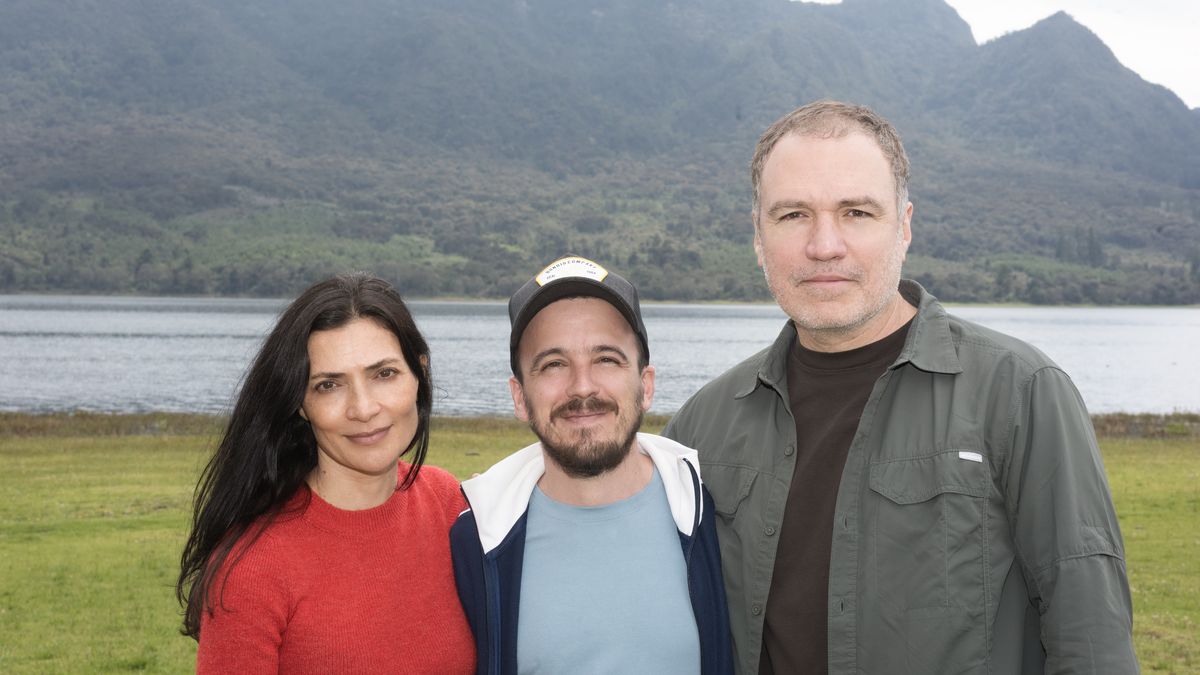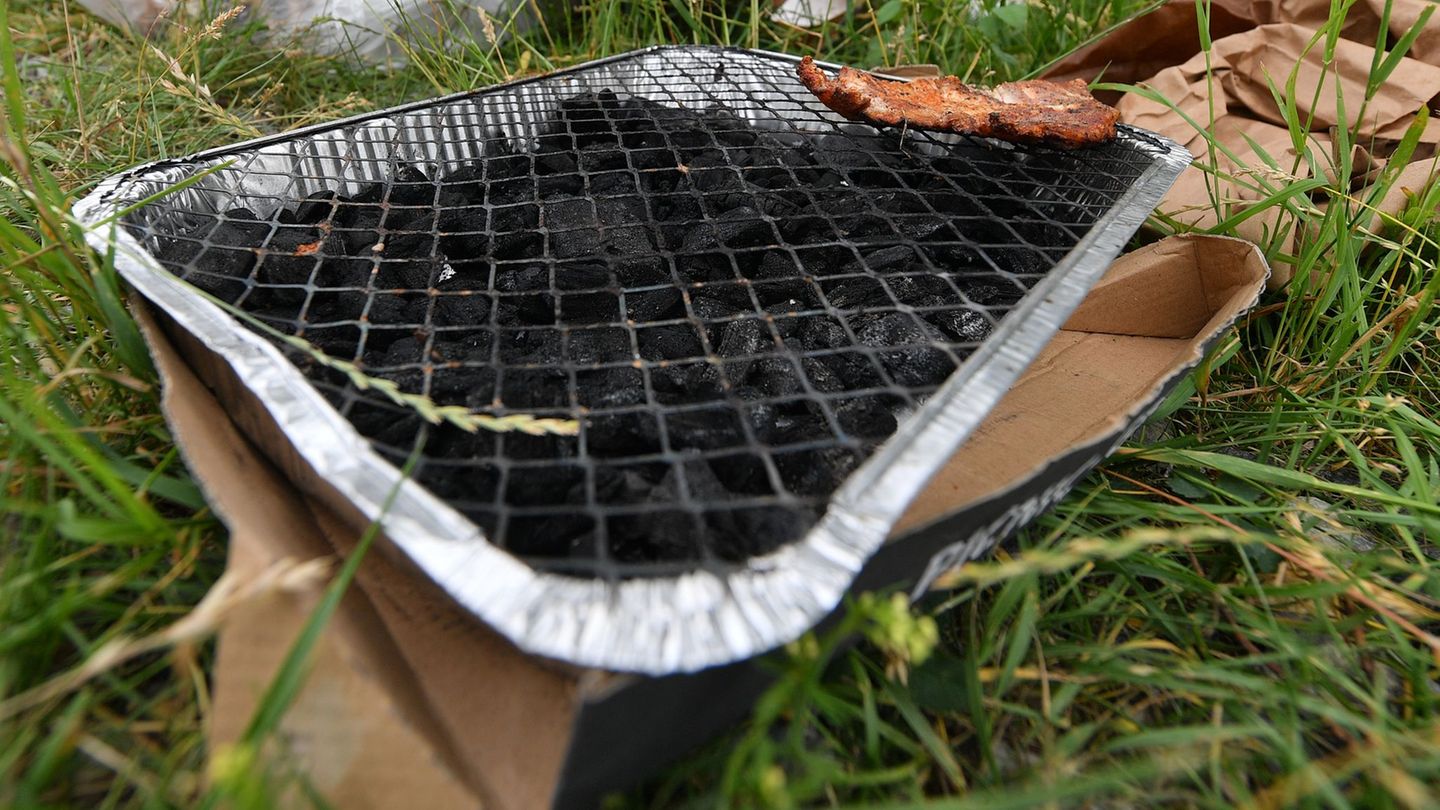“We are inspired by how it would be lost and how one sometimes needs to run from their daily life to see what is happening. Exit and breathe, and we place the work in the nature reserve ”, says Francisco Lumerman, who premieres “The most beautiful tree in the world”, starring Ana María Orozco (Betty the ugly) and Salvador del Solar.
The author’s work and director of “bites” and “Love is a good” debuts on Saturday in Moscow Theater and offers five weeks on Saturdays and Sundays. The story revolves around a woman who gets lost in a nature reserve and a park ranger that rescues her when she begins not to be reported. Leave everything behind and recommend the secrets and the price to pay.
Has original music from Agustín Lumermanscenery of Rodrigo Gonzalez Garillo and lights of Ricardo Sica. We talked with Lumerman.
Journalist: How did this scenario of the nature reserve, the ranger and the lost woman appear?
Francisco Lumerman: When we talked to the team about our desire to work together, songs appeared that interested us as the care of nature and there the park arose. There was the premise of the woman who decides to abandon her daily life and flee mysteriously with her car. The work is two opposites that come together, one that arrives from the city with its neurotic background and another surrounded by nature threatened by fires. They go through a transformation and my theory is that the trees connect below the earth and information through the roots are passed, something similar happens to the characters.
Q.: Where does the intention of talking about leaving everything behind and doing blur and new account arise?
FL: It is a fantasy of many, what would it be if we could escape our lives? And the question of whether life is a construction, how much is linked to desires, mandates. We are inspired by how it would be lost and how you sometimes need to run from your daily life to see what is happening. Exit and breathe, it can be during a trip or on one afternoon.
Q.: How did Ana María Orozco join?
FL: From seeing my work “Love is a good” in Peru she approached and the team was armed naturally, with many talks without intentions, at some point we wanted to do the work but because of Ana’s many commitments on TV it was complicated. He wanted to assume the risk and excited us. We work free in the alternative theater, in Moscow. The material is created tailored to who are the actors and the challenge of exploring.
Q.: How are these characters?
FL: Ana embodies a woman who seems determined, who goes forward, who uses humor so as not to connect so much with her emotions and comes from an important loss. He has fun, at times his neurosis plays bad passes and is curious to go out to look for something he does not know what it is. Julian is a long time alone, he has a friendly link with this tree that seems far from the consumer society and is in crisis because the park is being damaged.
Q.: What topics addresses the work?
FL: One discovers the works when in his combines with the public but a priori raises an encounter between two people who help and shake hands. It is a meeting with humor and that moves them from their previous structures. Two people who are well treated, who are solidarity with the other, is something we are needing, and this work tries to answer the new times. It addresses the second opportunities at certain times of life, the possibility of choosing again, is nature and how humans need the habitat of the world and at the same time we complicate that possibility, for example by taling the Amazon, the lung of the world.
Q.: How did you work for a nature reserve at the Independent Theater?
FL: It was challenging. When I wrote it I wondered how I would represent that but I forgot at that time of the conditions of production and Moscow theater as a space. That allowed me to develop his imaginary. We knew that from the spatial we had to create the device that was going to propose the work, be in this nature reserve, this tree, knowing that we were looking for a beautiful code but at the same time we were going to work on a synthesis because the theater is difficult to turn it into nature. Anything is replica. What elements, what material, we wanted everything in wood and shoot the imagination of who looks at it.
Q.: Is there a lot of light and sound work?
FL: The sound was made by my brother, a spectacular musician with whom we worked a lot to create climates, also allowed us to poetize the element of sound as a generator of climates.
Q.: How do you see theater and culture today?
FL: I am at a time of production and having a theater I know that it is difficult for the activity to make it work. The costs are very high, it is difficult to sustain with the entrances that are at 40% fall. But I am in works that work and traction public, it is a great effort of teams and actors and at the same time our activity is necessary, people let us know. The need to work and express makes the activity reinvent itself and looking for the recesses where it can be deployed. It is important that culture has state support, not because that resolves something, I say it as an actor, as the owner of the room, those support do not determine that things are done but allow respite. The most important thing is to understand that all times are necessary to tell and transform into a story, song, work, film. That this is not understood as necessity is something that damages us as a society, not those we do only, to all, because if we do not find reflexes. If only what is business is a part without being told and that is vital, it also serves as a new narrative just for what ends up being business.
Source: Ambito
I am an author and journalist who has worked in the entertainment industry for over a decade. I currently work as a news editor at a major news website, and my focus is on covering the latest trends in entertainment. I also write occasional pieces for other outlets, and have authored two books about the entertainment industry.




